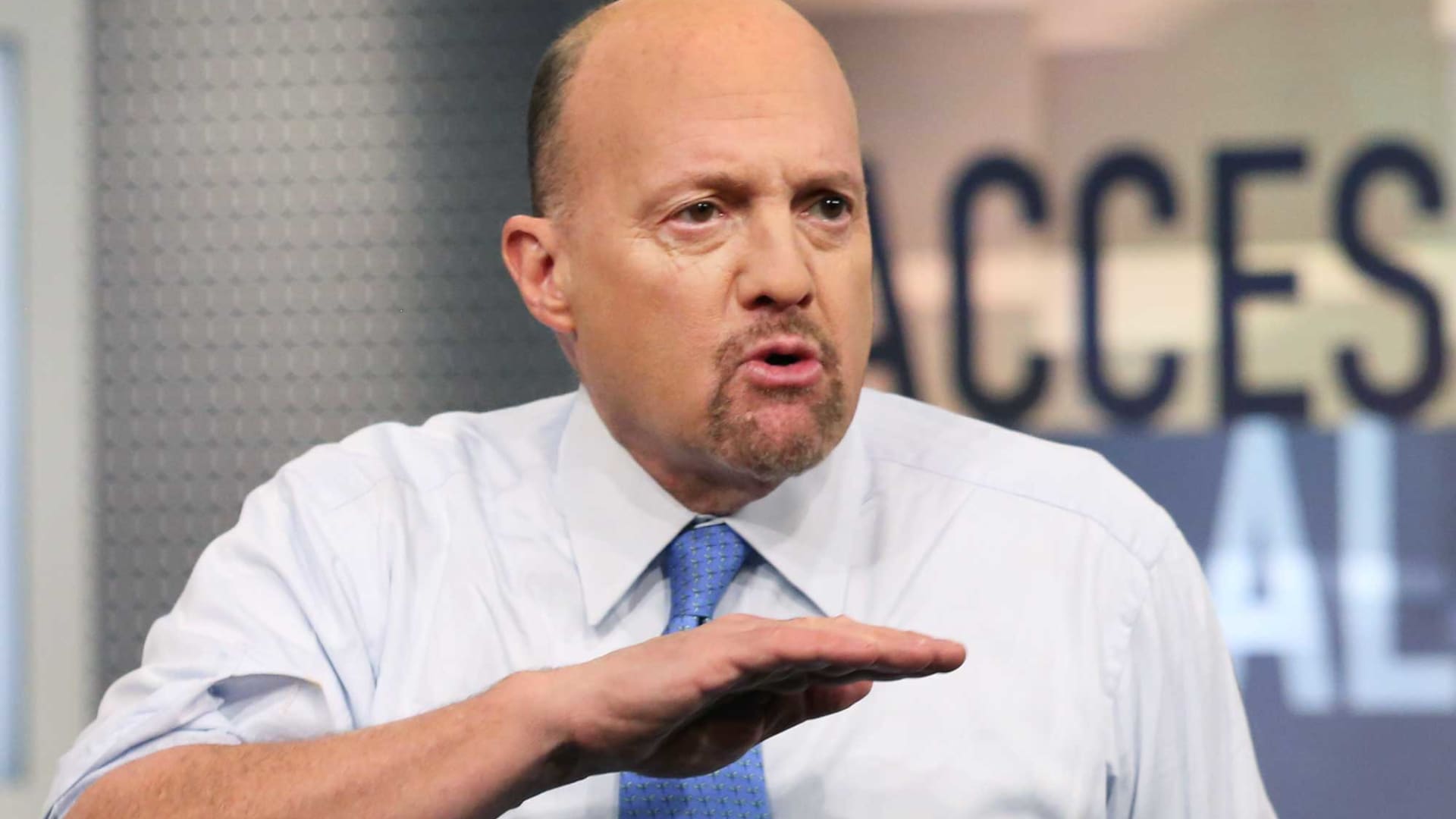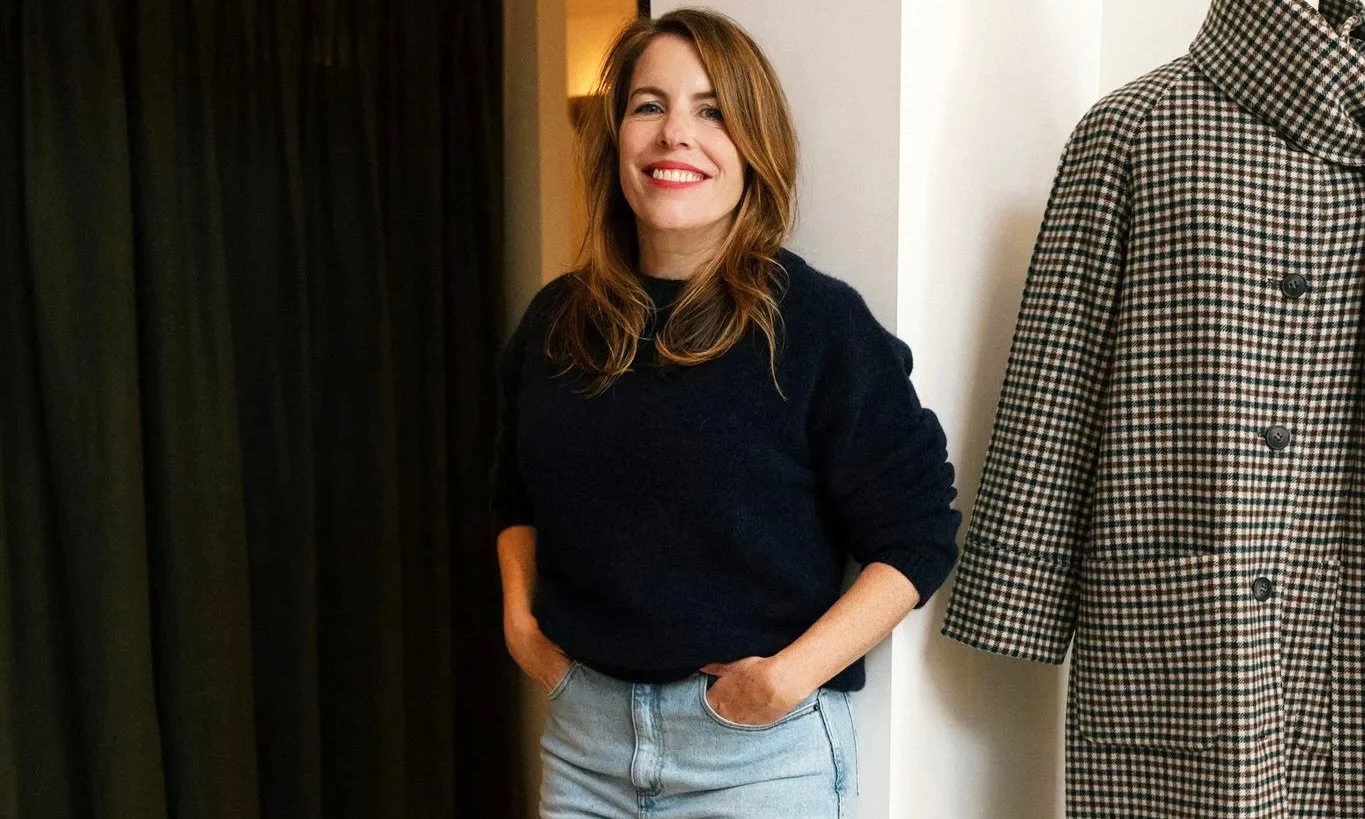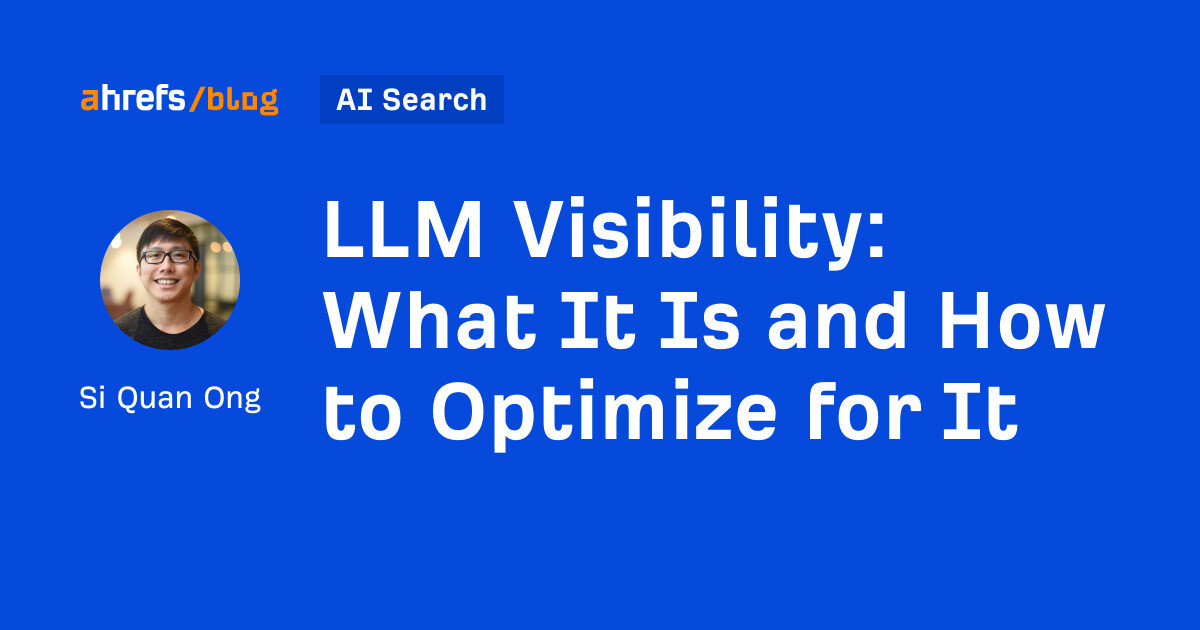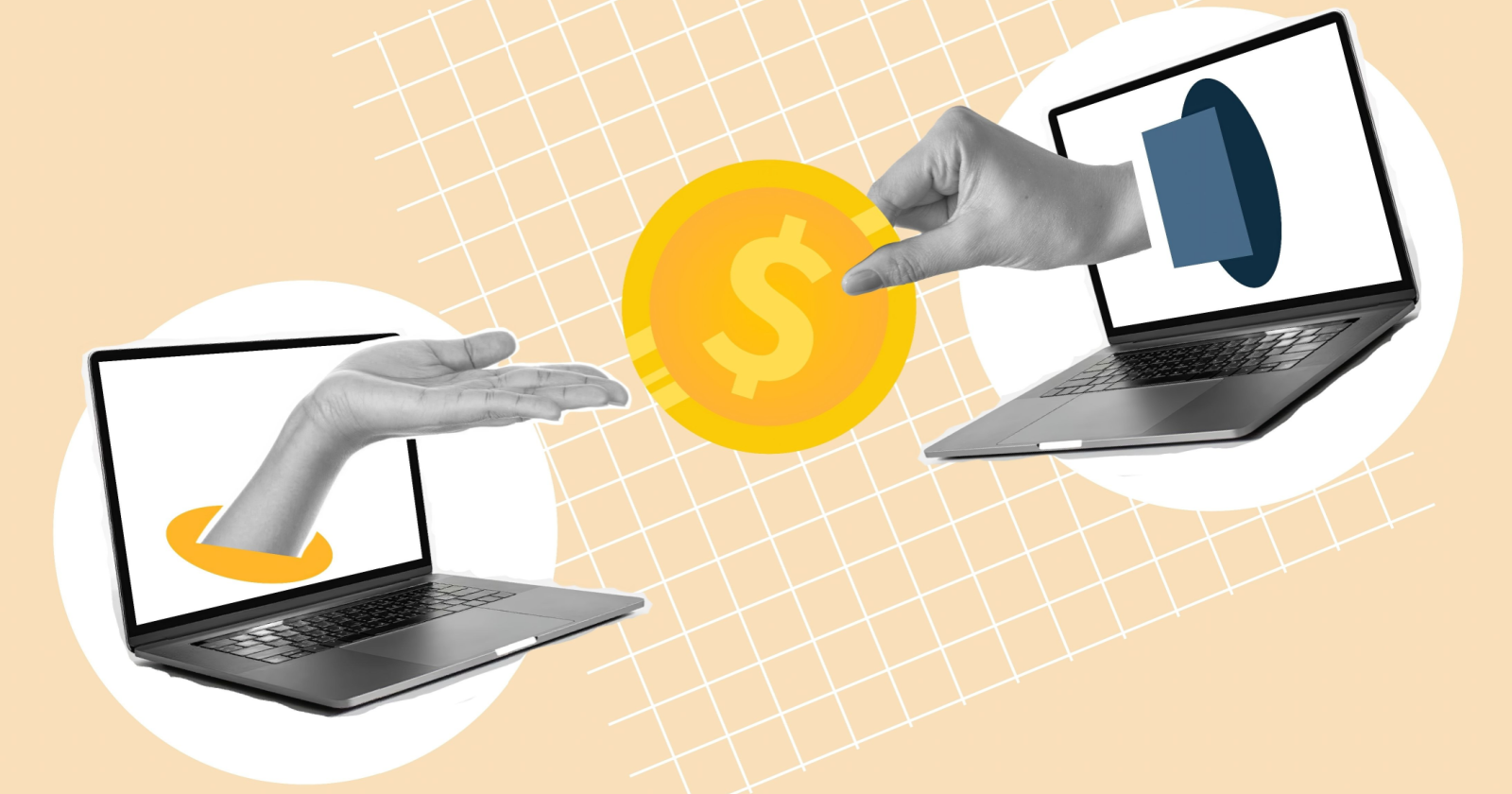What MLB's new on-uniform ads mean for brands and the league
New labor deal brings sponsor patches for the first time. Teams eye a ‘blank canvas’ and millions in new revenue, but it could hurt fan perception, say experts.

MLB players this season will wear sponsored patches on their uniforms for the first time in the game's 146-year professional history.
The on-uniform ad opportunities come as part of a new collective bargaining agreement reached between MLB owners and players late last week that ended a 99-day lockout and tackled contentious competitive and financial issues that had threatened the season and its $1 billion advertising opportunity.
People familiar with the agreement say the new patches are conservatively expected to deliver revenue in the range of $3 million to $10 million a year for teams, but don’t arrive without questions or controversy. The move could easily strike out with fans who tend to see their team’s uniform as a sacred branding element of its own, and are concerned about interfering with that purity. It’s also possible that some partnerships could stray from the best interest of the game, its teams, and its fans.
“Jerry Seinfeld famously said, ‘We’re all just rooting for laundry’ and what he meant by that was that rooting for a sports team is an unusually powerful form of brand loyalty," said Paul Lukas, a freelance writer who has written extensively on sports uniforms and marketing at Uni-watch.com and other publications. "Brand loyalty usually has something to do with the quality of the product. I really like Cheerios but if they changed the Cheerios formula, my brand loyalty is only going to go so far. That’s what Coke learned with New Coke.”
“With sports, the content of the product, and the quality of that product, is always changing as the players come and go, but fans stay loyal to the brand, that logo, and to that uniform no matter who is wearing it,” Lukas continued. “That is completely irrational, but also why it’s so powerful and so special. To my way of thinking, that should not be sullied or watered down by competing brands. The uniform already stands for a brand, a brand that we as consumers have a particularly powerful and irrational attachment to.”
In allowing sponsors onto its jerseys for the first time, baseball is catching up to rivals in professional basketball and hockey, not to mention soccer and auto racing, where advertising on uniforms and other equipment is already deeply entrenched. It also leaves the NFL—long considered the most corporate of the major sports leagues—the only game whose uniforms promote only the teams.
For the NBA, which began placing small logos on the left chest of its jerseys as part of a three-year experiment in 2017, brand logos are now an accepted part of the game and will deliver an estimated $225 million to its teams this year, said Adam Holt, senior VP of sales and partnerships of FanAI, a software company helping brands measure return on sports marketing investments.
Nominate a barrier-breaking female marketing executive at AdAge.com/LeadingWomenAwards.
Holt notes that the pool of sponsor money isn’t necessarily equally distributed. Powerful teams with strong records and star players are likely to command more for a placement than a less successful franchise in a smaller city.
But the uniform is also a more versatile medium than outfield fences and other sponsored elements of the game. “Jerseys are the only commercial asset that travel with the teams, so they’ll be on both home and away broadcasts,” said Matt Balvanz, senior VP of analytics and innovation at Navigate, a data-driven consulting firm in sports and entertainment.
For some teams in leagues that have allowed advertising—such as the NHL, where ads on helmets began appearing in 2020—brands aren’t always represented. In a recent game between the Edmonton Oilers and Calgary Flames, neither team skated with a sponsor logo, Lukas noted. Several NHL teams have more than one helmet sponsor.
A representative for MLB said details of its program—the size and placement of patches, along with the possibility they would appear on helmets and not jerseys—were still in the planning stages. Among the issues likely to be occupying the league’s attention would be limits on the kind of brands that would be welcome to advertise. The MLB Players Association did not respond to a request for comment.
Get your ticket for the April 5 Ad Age Next: Retail event at AdAge.com/NextRetail.
Online sportsbooks—which today dominate sports broadcasts—are currently prohibited from advertising on NBA jerseys. However, the NHL, whose teams will begin placing ads on team sweaters beginning next season, is another story. The first team to announce a deal, the Washington Capitals, will carry the Caesar’s Sportsbook logo. Terms of that deal were not disclosed.
MLB's team-based sponsorship deals would appear to be destined only to the regular season, said Tony Ponturo, a former Anheuser Busch sports marketing executive who today is a sports marketing consultant. He said brands could potentially come into conflict with official sponsors on nationally broadcast playoff games—and at other times, with players who maintain separate marketing deals with brands. Budweiser for example at one time owned branding for the courtside scorer’s table at most NBA arenas, but its marks were removed in deference to Miller Lite’s rights as an official league sponsor once the postseason began. (Bud owner Anheuser-Busch InBev is now the official MLB sponsor.)
See all of Ad Age's A-List 2022 winners here.
Teams will also need to keep an eye on reputational issues that can arise in sports that are not likely in other environments. “I’ve always felt if I put a Budweiser patch on the Red Sox and they came to New York, then I would have the home fans saying they won’t drink Budweiser," Ponturo said. "If you’re upsetting 15% to 20% of the fans because they don’t approve of the sponsor, you have to ask whether it’s all worth it.”
MLB has previously included ads on its batting helmets and/or uniforms only in select games played outside of the U.S., like series held in London, Tokyo and Mexico City. And umpires began wearing patches in the middle of last season, sponsored by the cryptocurrency trading company FTX.
“Those experiments resulted in strong visibility of the patch on broadcasts, and no real complaints from the teams, so [they were] successful overall,” Balvanz said.
Balvanz estimated that baseball teams could realize new revenue of “anywhere between seven and eight figures,” depending on the team, market, competition for the patch, and other details of the deal.
MLB has historically guarded the purity of its uniforms: In 1976, when Atlanta Braves owner Ted Turner, who also controlled the team’s broadcasting rights, swapped the last names used on uniform nameplates in favor of nicknames. Pitcher Andy Messersmith, who wore No. 17, was nicknamed “Channel” in reference to channel 17, where Braves' games aired locally. The stunt was quickly thrown out by National League President Chub Feeney.
Any conflicts arising with the new on-uniform ads will require teams to educate fans on the benefits of sponsorship, experts said.
“They will undoubtedly be packaged with other community initiatives such as the patch brand supporting local charities, passing hospitality along to ambassadors, and oftentimes, improving the fan experience overall through B2B relationships with the teams and venues themselves,” Balvanz said.
One test of the limits will likely come from the New York Yankees, whose large fan base, long record of success and wide-reaching broadcasts would command a premium price but who also take the field in one of sport’s most iconic uniforms; the franchise has resisted trends among rivals to participate in periodic logo revamps and color adjustments or league-wide promotions in special uniforms, like last year’s City Connects debut spearheaded by the equipment provider Nike.
Such evolution is long thought of as an inevitability. It wasn’t long ago that outfield fences were free of ads, Ponturo noted. Brands today would appear to see the uniform as the “blank canvas for the future,” in spite of fans who’d prefer they’d leave well enough alone, said Ponturo.
"If you’re pro-ad patch from a management or advertising standpoint it’s in your interest to have fans thinking that was inevitable because it becomes a self-fulfilling prophecy,” said Lukas. “And one of the sad things about this is that it contributes a growing cynicism among sports fans where they say, ‘I know this sucks, but what are you going to do?’ You give your heart and soul to a game that doesn’t really love you back. You feel helpless.”
Buy your ticket for the Ad Age A-List & Creativity Awards Gala at AdAge.com/ACGala.

 Tekef
Tekef 






























